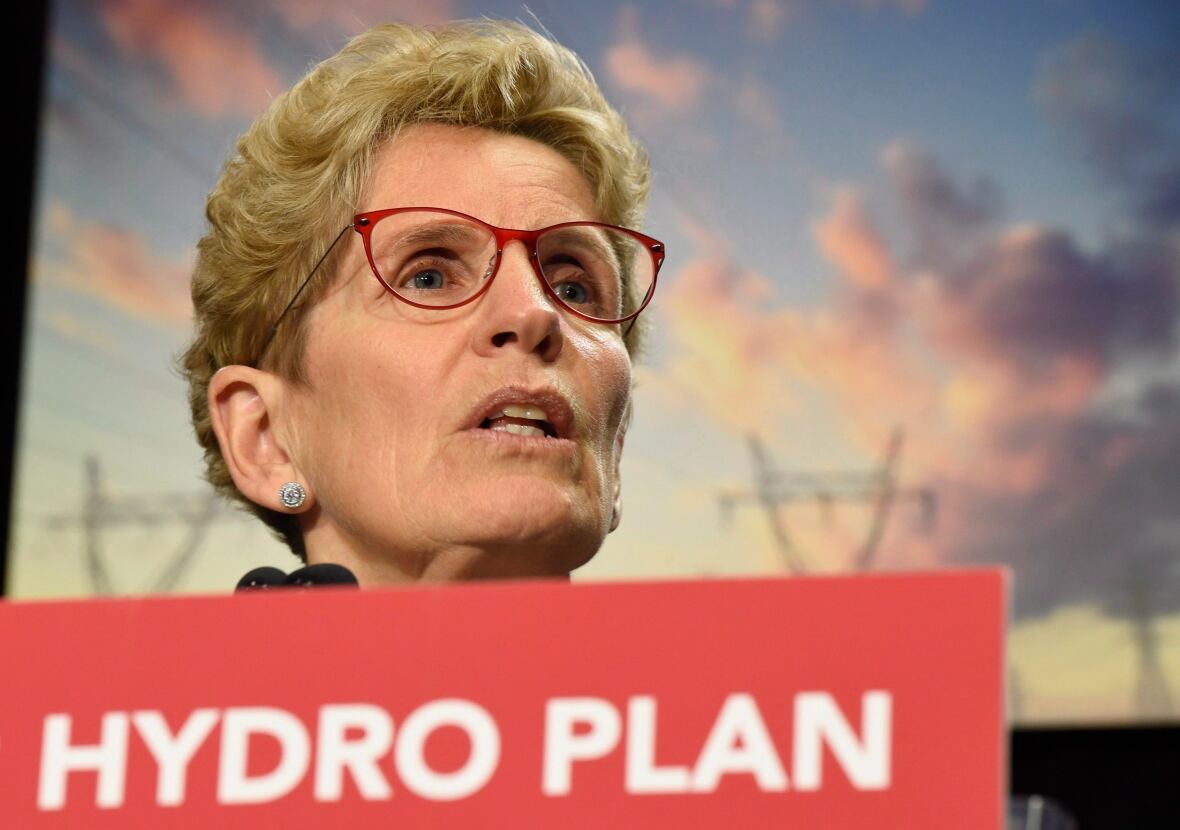St. Joe's sees hydro bill double in just six years
Andrea Horwath says spike in electricity bills for Ontario hospitals is hurting patient care

St. Joseph's Healthcare in Hamilton paid more than $8 million for electricity in 2016, 104 per cent more than it did six years earlier.
Those numbers were front and centre at Queen's Park yesterday as the Ontario NDP revealed dramatic increases in hospital electricity bills to continue to hammer the Liberal government over increasing power costs in the province.
For the NDP, the extra millions hospitals have to put toward hydro come at a time when the NDP say the Liberal government is under-funding health care across Ontario.
NDP Ontario leader Andrea Horwath addressed the issue Tuesday in Queen's Park saying the costly bills are putting even more pressure on patient care.
"It's clear that hydro costs are hurting families in more ways than one – it's hurting people every month when the bill comes," Horwath said. "It's also hurting the services we count on, like hospitals."
- Why Kathleen Wynne might tackle hydro delivery charges to cut electricity bills
-
Hydro bills predicted to drop 25% by summer for Alectra Utilities' customers
She also cited electricity increases for hospitals in London and Windsor.
Horwath said hydro rates have already cost Ontario's healthcare dearly.
"Health care is at a tipping point in Ontario," said Horwath, who is MPP for Hamilton Centre.
"There have already been frontline workers laid off at many hospitals, and with skyrocketing hydro bills, hospitals are being squeezed tighter."
In reply to her question about St. Joe's, Erik Hoskins, minister of health and long-term care in Ontario, curiously spoke of an increase the province provided to Hamilton Health Science, Hamilton's other corporation.
"I'm pleased to support to the legislature we provided an increase of 3.6 per cent to [Hamilton Health Sciences], $29.4 million more to their operating budget than the previous year."

Hydro rates in Ontario have been a hot-button topic since rates began increasing in 2015. After a trying 2016 that saw public backlash peak after reports surfaced of hydro companies cutting off power in the dead of winter, Ontario Premier Kathleen Wynne announced a long-awaited decrease for hydro rates in Ontario.
Earlier this month, Premier Kathleen Wynne unveiled a plan that would slash residential and small business hydro bills by an average of 17 per cent and see billions in costs lifted off customers in the short term.

It meant that some $28 billion in costs would be refinanced, with future ratepayers shouldering the interest.
Maria Hayes, senior public affairs specialist for St. Joe's said while the hospital saw its hydro bills increase, its consumption went up as well — by roughly 27 per cent. That's because during that period, the hospital had a major expansion, opening its West 5th campus, which focuses on mental health and diagnostic services.
"St. Joe's has taken a number of actions to decrease utility costs across our sites and will continue to look for further opportunities for savings," Hayes said. "We welcome any form of relief to help address these costs."
'Health care is at a tipping point'
Hoskins said he has yet to hear of a hospital struggling to pay their hydro bill.
"In the almost three years I've been minister of health I have not had a single hospital board or CEO come to me and say the component of their budget that goes towards electricity has been a burden to them."
According to the NDP, a number of complaints have been made by hospitals across the province that have seen hydro bills affect their budgets with one Windsor hospital expecting $700,000 increase on their hydro bill this year.
The Liberal government hoped their 17 per cent decrease might help remedy the issue for hospitals and residents across Ontario but the NDP isn't convinced the Liberal plan will work.
Horwath recently released an NDP plan that would cut hydro bills by as much as 30 per cent. The plan includes putting Hydro One back into public hands, which the NDP say would return an additional $7 billion to the province that could go toward Ontario services like hospitals.